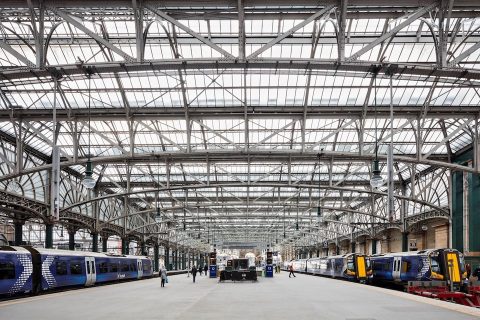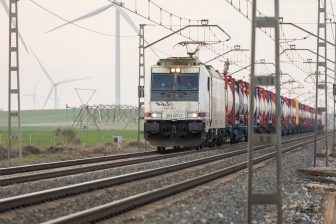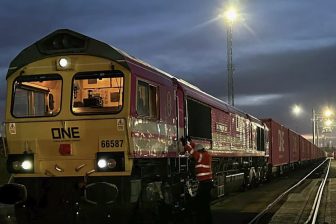
Turning the tide on UK urban logistics
Glasgow Central (NR)
To kick-start a modern light logistics market, a back to the future approach is proposed by the UK infrastructure agency Network Rail. In a report that will be handed on to the new overarching Great British Railways organisation in 2023, NR has laid out proposals to recapture a significant proportion of the light logistics market.
Do you want to read the full article?
Thank you for visiting RailFreight.com. Become a member of RailFreight Premium and get full access to all our premium content.
Are you already a member?
Having problems logging in? Call +31(0)10 280 1000 or send an email to customerdesk@promedia.nl.




